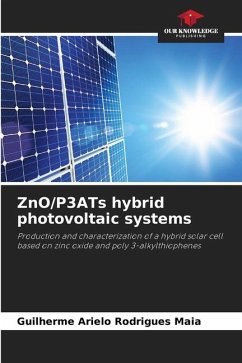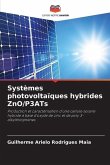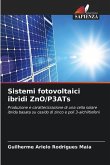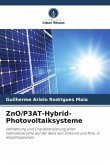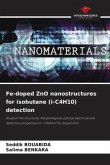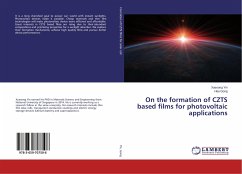Growing technological advances require the development of clean and renewable energy sources. Inorganic/organic hybrid solar cells have emerged as an alternative for obtaining photovoltaic energy. Hybrid solar cells made of semiconducting oxides and conducting polymers have been widely studied. Poly(3-alkylthiophene), P3AT, are organic polymers formed by conjugated structures, with conductive properties, photoluminescence, charge mobility and high stability. Zinc oxide (ZnO) has been used as an electron acceptor in this type of cell, as it offers suitable electron transport properties, is non-toxic, can be synthesized using simple methods and the variation of synthesis parameters allows morphological control. Different morphologies of ZnO allow for different properties in terms of electronic transport at the interface of solar cells. The aim of this work was to evaluate the influence of ZnO morphology on the anchoring of poly(3-hexylthiophene) P3HT and poly(3-octylthiophene) P3OTand to assess the conductive properties of ZnO/P3HT and ZnO/P3OT hybrid solar cells.
Bitte wählen Sie Ihr Anliegen aus.
Rechnungen
Retourenschein anfordern
Bestellstatus
Storno

